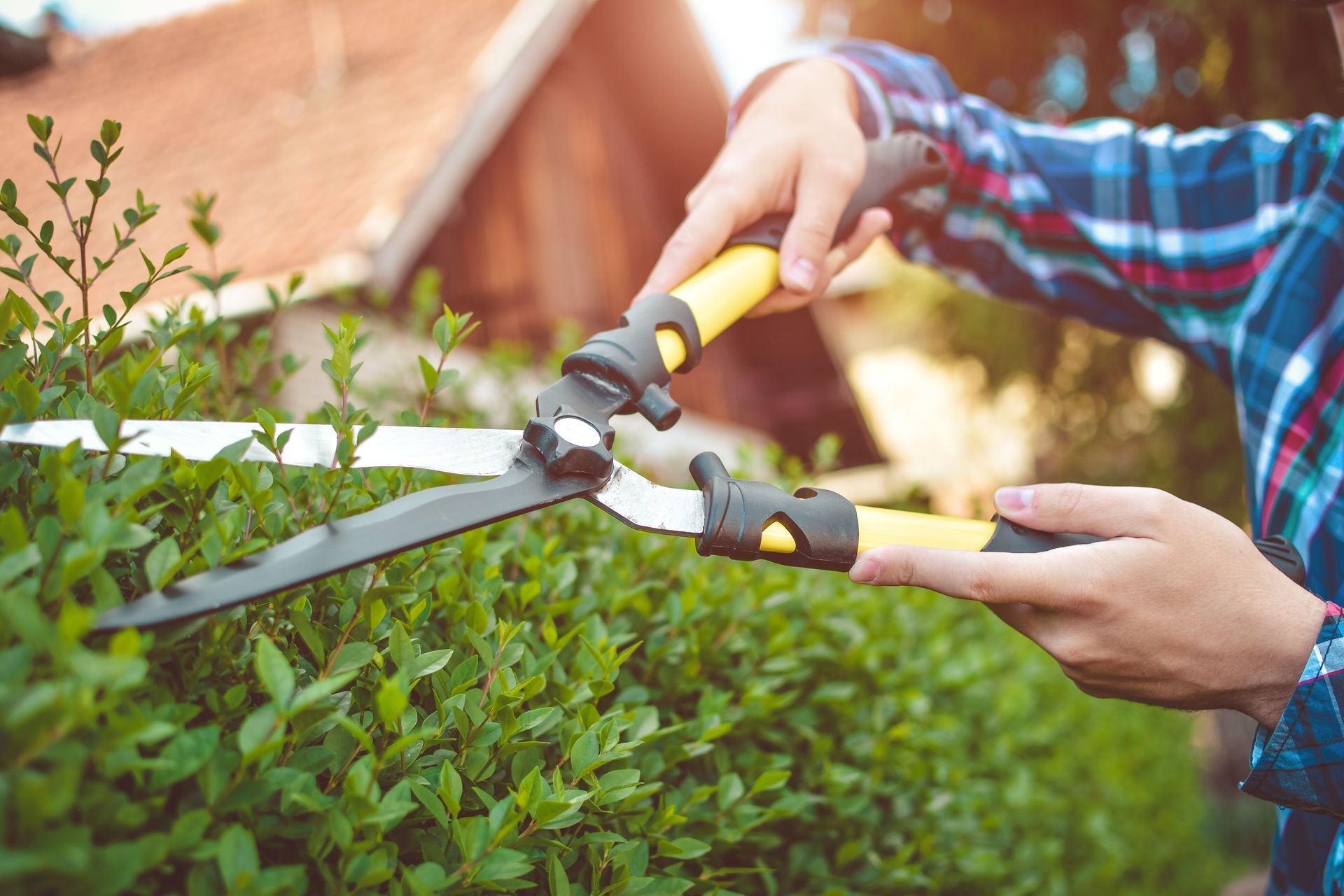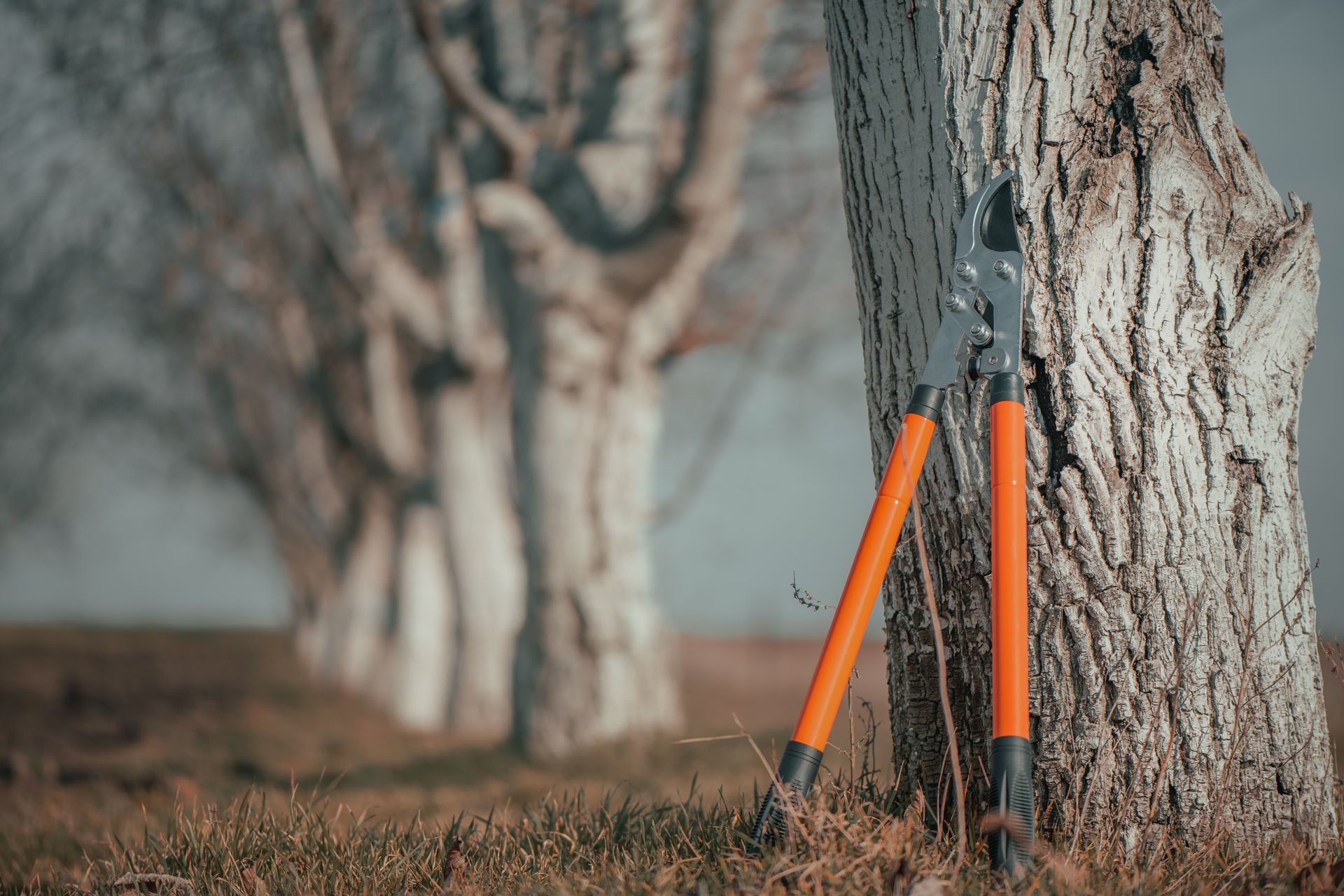How to Clean and Disinfect Your Gardening and Pruning Shears

Cleaning and disinfecting your gardening or pruning shears is a straightforward process anyone can do yet is critical to keeping healthy plants. All you need to do is clean them of any debris or grime, remove any lingering rust, get rid of that sticky sap, sterilize the tool, if needed, tree the wooden handles, and finally, let them air dry. We go over the fine details below.
Table of Contents
How to Clean Garden Tools and Pruning Shears
Cleaning your gardening tools comes with a six-step process that is easy and simple. Those steps are:
- Cleaning
- Rust Check
- Removing Sap
- Disinfecting Tools
- Treating Wooden Handles
- Storage
Cleaning
We covered cleaning your pruning shears extensively below. Scroll on down to the paragraph about the different chemicals you need to clean your tools.
Rust Check
Do a rust check of your tool. If there's any rust on the blade or joints, clean it off with a steel wool brush. Steel wool is great but really any old wire brush hanging around will do.
Removing Sap
Getting rid of sap sucks. Soak a cloth in some turpentine or good gone and use your muscles to get that evil sticky goop off your tools. Don't leave any plant sap behind on any of the tool's moving parts because sap is quick to rust. Once you remove the sap, give it another rinse with soapy water.
Disinfecting Tools
To sterilize your pruning shears or other garden tools, you'll need to wipe, soak, or spray the tool with a disinfectant that is known to kill pathogens. Certain disinfectants work better than others for different pathogens, and some disinfectants can kill off pathogens but could also damage the tool or be unhealthy for the handler (you).
Some of the most common disinfectants are:
- Bleach
- Isopropyl alcohol (IPA) or rubbing alcohol
- Household Cleaners
- Soap
We'll help you determine when to use what disinfectant and which is the best below. But before we do that, we want to explain the difference between sanitization and sterilization.
Sanitization
Sanitization is simply the act of cleaning off something. Think wiping down a table: you wipe off the table of debris and potentially any visible dirt or grime, but the truth is the table won't be sterilized. It will just be clean.
Microscopic organisms not visible to the naked eye may still exist - these are the very same organisms that cause disease. This is where sterilization comes into play.
Sterilization
Sterilization kills off any pathogens down to the microscopic level on a surface. This is especially important with pruning shears and gardening tools because you could spread diseases from sick plants to healthy plants or sick trees to healthy trees if you don't sterilize your pruning shears.
Sterilizing pruning tools is a critical part of the process. So don't skip it - especially if you are trimming sick trees. Plant pathogens spread easily so you want to avoid them.
Okay, with that out of the way, let's get into the cleaning materials.
Treating The Tools Handles
If your tool has a wooden handle, you'll want to treat it to prevent it from drying out and splintering. Use natural products like vegetable oil or anything plant-based, and apply a thin coating on the handle for about 15 minutes. After 15 minutes, wipe of the excess oil and let the tool air dry.
If your tools don't have wooden handles, then this isn't really a problem. However. some rubber or plastic handles have hidden metal or screws that can rust over so make sure you clean them off thoroughly.
Storage
Storage is hypercritical, with an extremely bad example being leaving the tool outside. If you leave a tool outside, it will quickly succumb to mother nature's wrath and rust over.
Be sure to put your tools in a dry, ventilated area. We hang all our tools up in our shed or garage which keeps them happy and saves us space.

Different Chemicals To Clean or Sterilize Your Gardening Tools or Pruning Shears
When cleaning chemicals, we like to stick to time-tested chemicals. You don't need anything fancy. The only difference is if you need to sanitize or if you need to sterilize. Of course, some materials work better for rust, so take that into consideration.
Bleach
Everyone knows about the effectiveness of bleach. Mix 1 part bleach with 9 parts water and let the bypass pruners soak in the bleach solution for about a half hour. Before you let them air dry, give them a thorough rinse with the garden hose.
Bleach is a good solution, but it can be problematic and annoying as it smells bad and can damage clothes. Not only that, but the fumes can be a bit much for some people. Use with caution.
IPA
Isopropyl alcohol (IPA) is an inexpensive way to sterilize pruning tools. Use a spray bottle and spray some 70% IPA on a tool to sanitize it of any pathogens effectively.
Be sure to read the bottle, as IPA has a surface time required to kill the pathogens. We like IPA because you don't need to mix it, and it's relatively safe (but it is flammable, so be careful). We like to spray IPA onto a clean rag and apply it directly to the outer edge of the cutting blades.
Household Cleaners
Some people use household cleaners to sterilize their pruning shears. We don't really recommend this because you aren't cleaning your bathroom, you are cleaning tools that will be used on your living plants.
Some household cleaners are corrosive and can damage the tool you are using. If they can damage your tools, they can damage the tree too. Don't put something like a degreaser on your loppers.
Soapy Water
Soapy water is great for sanitizing your tools. Remember, sanitizing, not sterilizing. First, you can sanitize the cutting blade to get off any egregious dirt or grime or even rust.
From there, you can move on to more advance cleaning methods. Soak a clean rag with soapy water and scrub away at some of the loose dirt and grim on the shears.
SNE's Final Say on Cleaning Your Pruning Shears and Gardening Tools
Cleaning your pruning shears is important. All you really need is a stiff brush, a clean rag, some dishwashing soap and maybe a little bleach and your tools will be good to go.
There really isn't much more to it than that. Get that sap off, prevent rust before it happens and be sure to sterilize your pruning shears in-between uses and you should be good to go.
Thanks for stopping by! If you enjoyed that article, be sure to check out our other guide on sharpening tools. Cleaning your tools is crucial before you do any sharpening so make sure you do it right.
FAQs

Christina Hernandez
Christina has done most of her research on environmental science but recently has changed her focus towards sustainable forestry. She has a passion for the outdoors and wants to spread that passion to the world.
Join our community!
Join to receive guides, insights, and the latest gardening deals!
